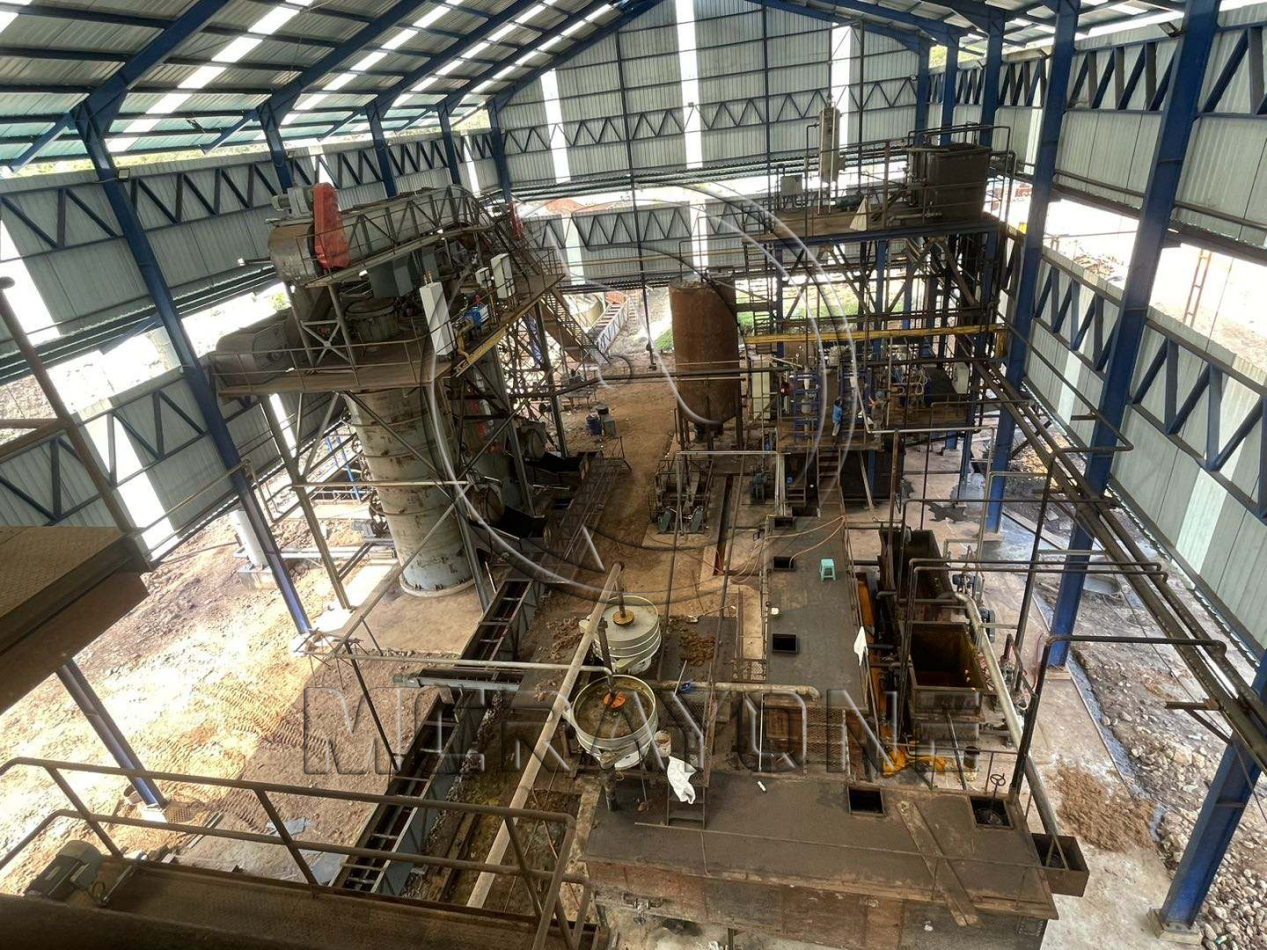African Palm Oil Processing
Palm oil is a fat extracted from the fruit of palm trees. It is currently the world's largest produced, consumed and internationally traded vegetable oil variety. It is known as one of the "world's three major vegetable oils" along with soybean oil and rapeseed oil.
The palm oil production process is divided into three main parts: crushing, refining and fractionation. Crushing is the process of extracting palm oil from the palm fruit. By boiling, crushing, and pressing, people can obtain crude palm oil (CPO) and palm kernel oil (PK) from palm pulp; at the same time, during the pressing process, the palm fruit (i.e., palm kernel) will be separated and then pressed and removed. The remaining kernels will be squeezed to obtain crude palm kernel oil (CPKO) and palm kernel meal (PKE).
The fruit of the oil palm contains two different oils, one is the palm oil in the pulp; the other is the palm oil in the pulp. The other is palm kernel oil from palm kernel, the first of these two oils is the most important. All these products are effectively used in food, chemical and agricultural applications. It can be said that palm is a good economic crop.
Extraction of crude palm oil (CPO)
— Sterilization: The palm oil is cooked at high temperatures in a fermenter at about 90-140°C for about 90 minutes.
This process reduces the moisture content in the palm bunches and loosens the fruit. Sterilization also inactivates enzymes, which stabilize the quality of the oil (formation of free fatty acids (FFA). During this process, the mucus also hardens and the palm kernel shrinks, causing it to detach from the palm shell.
— Threshing: The fruit is separated from the palm bunches by threshing.
— Mashing: The palm fruit enters a mashing tank, where direct steam is applied to soften the fruit pulp, while the fruit is crushed by the impact of a stirring rod and a collision with a baffle. The pulp is separated from the kernel and the cell structure of the pulp is broken, making it easier to press.
— Pressing: Extraction of palm oil (CPO) from the fruit is a mechanical process. First, the fruit needs to be digested, which can be achieved by mechanical agitation, which breaks down the cells containing the oil, which can then be pressed. In modern plants, pressing is carried out in a continuous screw press. The crude oil is collected and screened to reduce larger solid particles.
— Clarification: The first stage of separation of oil from water, solid fruit particles and dirt is natural decantation. By adding more hot water, you can get more oil from the resulting mass. The decanted oil is filtered, then vibrated separation screens to complete the separation and finally dried in a vacuum dryer.
— Fiber and kernel separation: The pressed cake (a mixture of fibers and kernels) passes through a cake crushing auger and enters a fiber and kernel separator. Through an air suction system, the fiber wind is transported to the boiler room for combustion, while the palm kernels with a larger specific gravity are transported from another section of the separator to the elevator and transported to the kernel bin, where the wet kernels can be blown to further dry them.
— Palm kernel recovery: After pressing, the nuts remain in the fibers. There are several ways to achieve their separation. The most common is the pneumatic system, according to which the fibers are transported in an air flow. Then, with the help of drying, the nuts are crushed and thrown into the nutcracker ring inside the centrifuge. The separation of shells and kernels depends on density differences, either in a specially prepared water-clay suspension or in a centrifugal device (hydro cyclone).

On the other hand, refining and fractionation are deep processing processes of palm oil, which can produce high-quality palm oil. After the above-mentioned primary extraction stage, crude palm oil and crude palm kernel oil are sent to a refinery for refining. After removing free fatty acids, natural pigments and odors, they are converted into an oil suitable for salads: refined palm oil (RBD PO) and palm kernel oil (RBD PKO). Refined palm oil is almost colorless and transparent in liquid state and almost white in solid state. Palm oil fatty acid distillate (PFAD) is a by-product of the fractionation process of refined palm oil (RBD PO).
In addition, according to the needs of different users, palm oil can also be fractionated and processed to form liquid palm oil (RBD palm oil for short) and palm stearin (RBD palm stearin for short). Oil palm fruits contain a lot of lipolytic enzymes, so the harvested fruits should be processed in time or fermented to kill them. Palm crude oil easily hydrolyzes itself, producing more free fatty acids and a rapid increase in acid value, so it must be refined or fractionated over time.
Quality Control & Loss Mitigation:
- Adequate drying and meticulous separation techniques are crucial to maintain product quality, minimizing contamination and optimizing yield.
- Losses are inherent in the process, particularly in the separation of oil and kernels from waste materials. Optimal press settings prevent excessive oil loss or kernel damage, which could introduce unwanted lauric acid into the palm oil. Regular maintenance and precise calibration of centrifuges and kernel separation machinery are vital to minimize such losses and ensure efficient operation.
In summary, the palm oil production journey, from the careful handling of fresh fruits to the refinement and fractionation of oils, showcases a blend of technological precision and process optimization, ultimately delivering high-quality products with broad application potential.
